The Best Safari in Tanzania
Kilimanjaro, Serengeti, the Big Five and the Great Migration, Zanzibar. These are all Tanzanian landmarks. But with 22 national parks alone the country has so much more to offer.
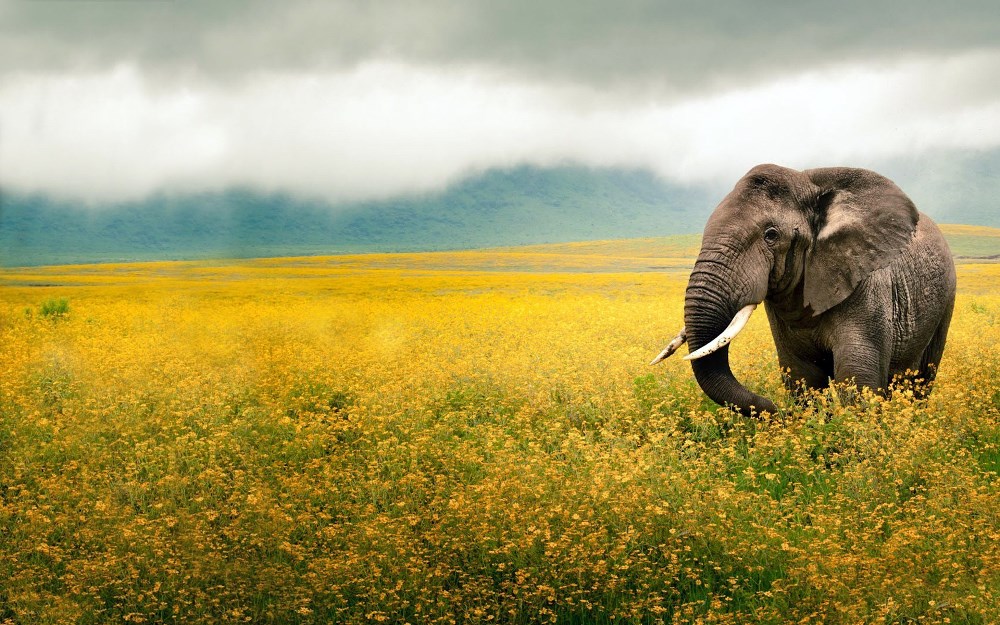
Serengeti National Park
This biosphere reserve was recognized the world's best by millions of TripAdvisor readers in 2021.
The park has the largest amounts of herbivores and predators on the planet. Here you will see the legendary Big Five: the lion, leopard, rhino, elephant and African buffalo as well as giraffes, hippos, zebras, wildbeests, cheetahs, hyenas. It's also home to critically endangered animals like black rhinos and African wild dogs. The aviary world is represented by 530 species, a quarter of which are migratory.
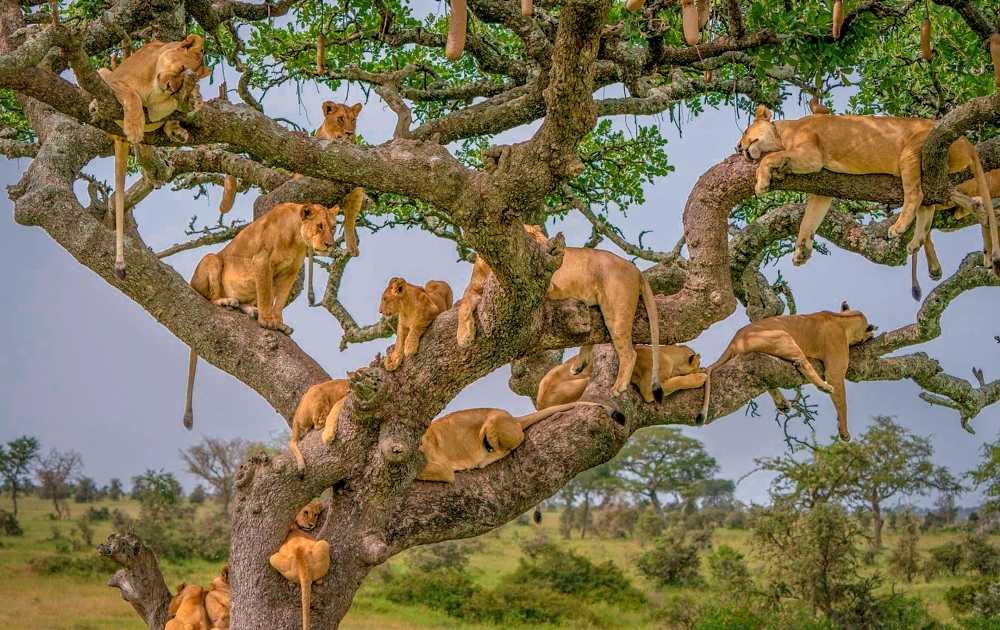
Each year the world's largest wildlife migration takes place in Serengeti and the neighbouring Masai Mara. Over 1.3 million wildbeests accompanied by zebras and other herbivores run across the infinite plains in search of fresh grass and water. The magnitude of the phenomenon is best estimated from the helicopter.
In the rainy season, from November to April, the flower carpet covers the plains, giving Serengeti a fantastic look.

Nyerere National Park
Serengeti is by far the most popular Tanzania's park, but the largest one in the whole Africa is Nyerere National Park.
The park is home to the Great African Nine: the elephant, lion, leopard, rhino, buffalo, chettah, giraffe, hippo and zebra. You will see all of them in 2 to 3-hour safaris.
Nyerere is also home to the continent's largest population of the endangered African wild dogs as well as wildbeests, bushbucks and waterbucks, vervet monkeys. The park is ranked first on the continent for the population of elephants and buffaloes.
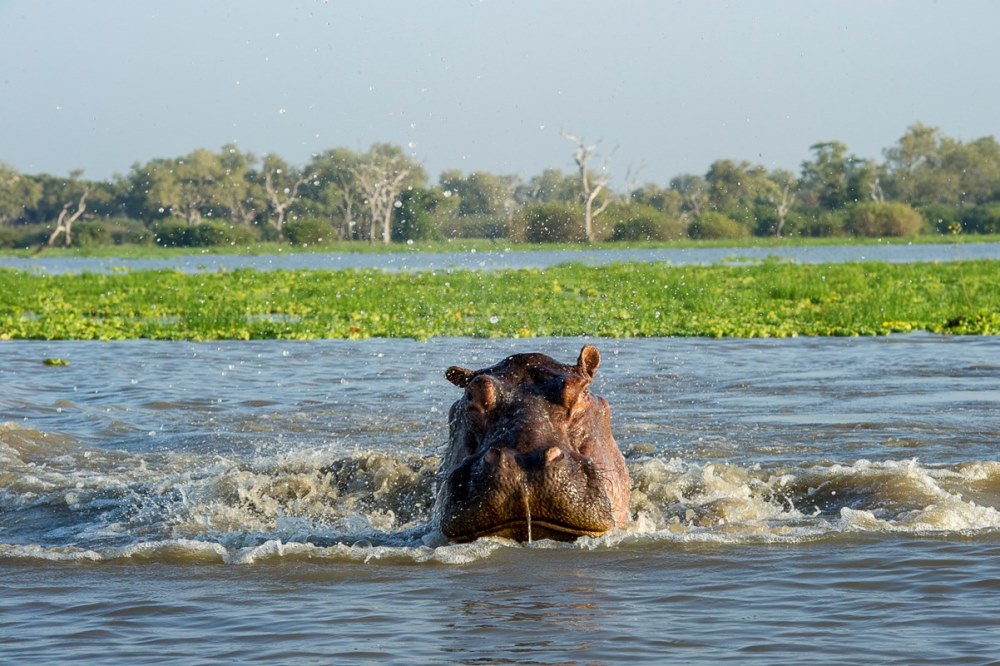
The Rufiji, which is the largest of Tanzanian rivers, is teeming with crocodiles and hippos. The river flows into the Indian Ocean, providing a spectacular vista from a helicopter. For birdwatchers, there are over 440 species of colourful birds.
A list of activities includes safaris, boat and walking tours. Although less famous than Serengeti, Nyerere Park has several luxurious lodges to cater to the most discerning guests.
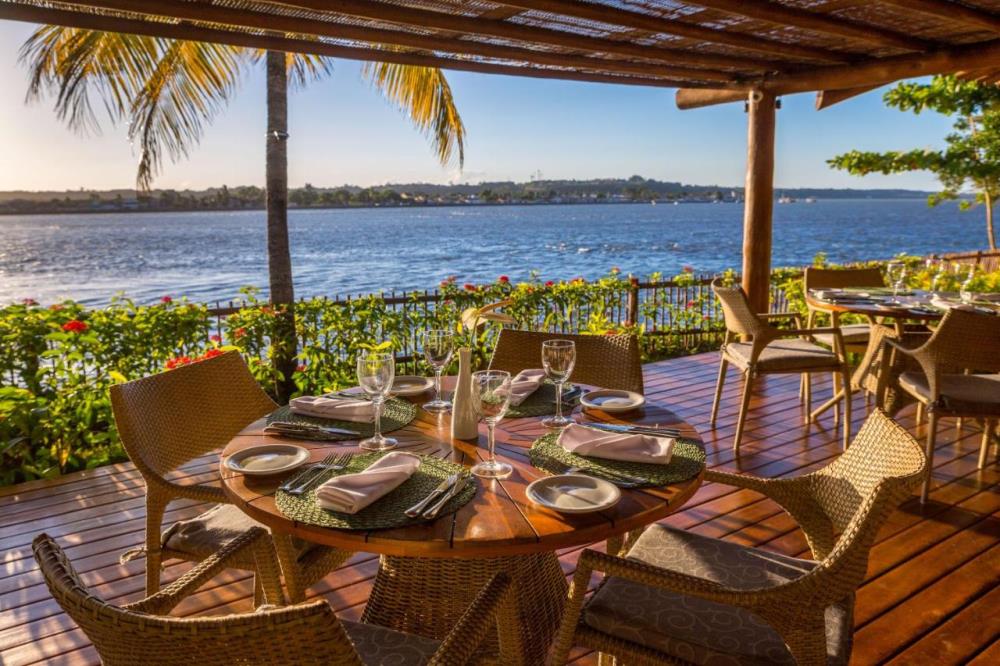
Udzungwa Mountains National Park
The park takes you to the world of tropical forests and heavy waterfalls. Its territory is covered with plants of over 2,500 species. 160 of them have medicinal properties, which turns the park into the natural pharmacy.
In the rainy season, from November to March, nature thrives with plentiful wild flowers, butterflies calling for special attention and primates of 11 species being hosts of the forest. Bird watchers are advised to arrive in December - February, when migratory birds are nesting in the park. Join a walking or a cycling tour, climb mountains, listen to the song of waterfalls, relax in a camp or a lodge and make some of the most fascinating photos and videos.

Tarangire National Park
Best known for elephants, the park is also home to giraffes and zebras, wildbeests, buffaloes, lions, leopards and cheetahs as well as birds of over 550 species.
The landmark of the park is its baobabs, which are around 300 years old. Another attraction is termite mounds, which are used as lookout points by smaller mammals and are a home for the dwarf mongoose.
Join a morning or an evening safari, a night photosession to capture baobabs on the Milky Way background and wake up before dawn to raise above the park in the hot-air balloon.
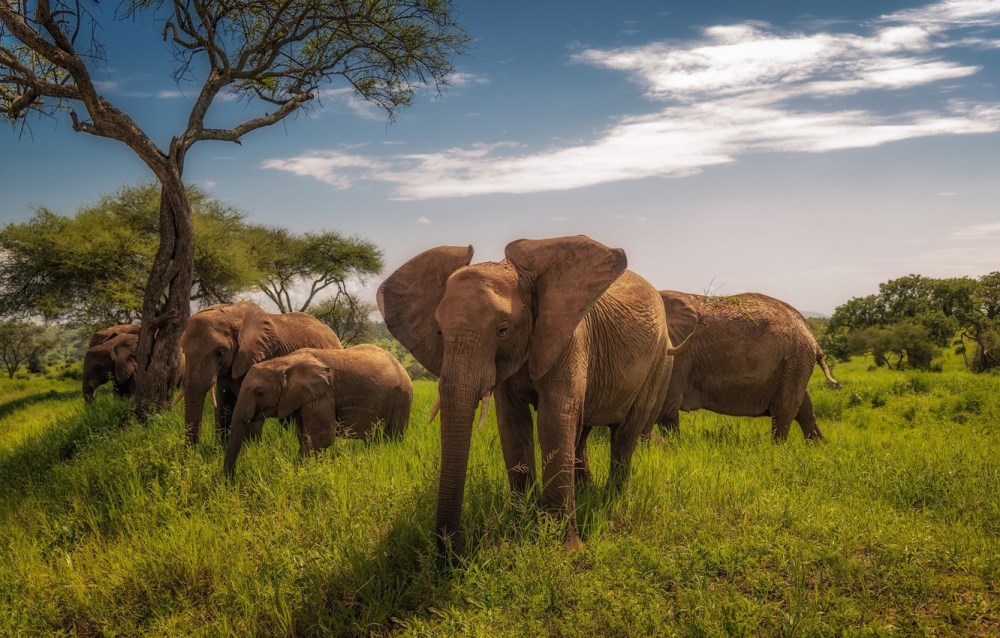
Ruaha National Park
The second largest park in Tanzania, Ruaha is a Promised Land for biologists. Baobabs all over its territory, rocks, river valleys, plains with juicy grass create impressive sceneries.
For the diversity of wildlife, Ruaha goes neck to neck with big-name reserves. Every tenth lion of Africa lives here. But you will also encounter elephants, zebras, giraffes, greater and lesser kudus, grnat gazelles, hyenas, antelopes. The Ruaha River is home to crocodiles and hippos. Birds of over 550 species are recorded in the park.
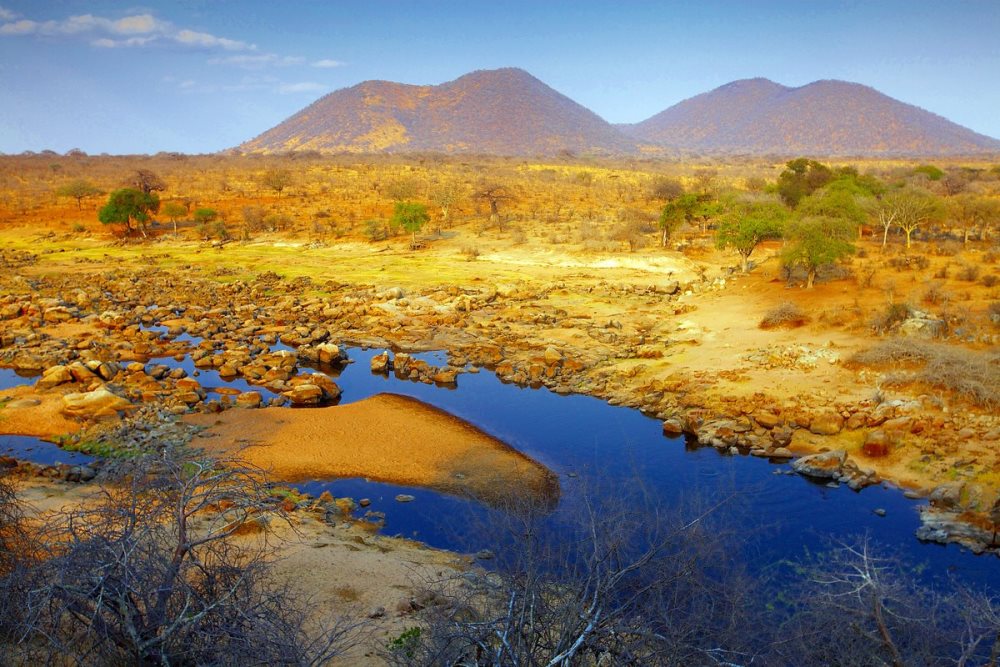
Arusha National Park
The skyline of the park is defined by the Meru volcano, which raises 4566 m above sea level. The second highest peak in the country, the volcano serves a training ground before challenging Kilimanjaro. And from the top of Meru you can perfectly see the snows of Kilimanjaro.
For the biodiversity, Arusha is called small Serengeti. Warthogs, zebras, giraffes, antelopes, waterbucks roam freely on the expanses of the reserve. A great number of buffaloes, colobuses, baboons fascinate visitors. Flamingos flock on the lake.

The park has its own Ngorongoro - Ngurdoto crater, great for wildlife spotting.
There's a plethora of activities in the park: you can ride a horse, have a bicycle tour, go rafting, opt for a classic safari or climb the crater.
Lake Manyara National Park
The park has two iconic sites. The first one is an alkaline lake with thousands flamingos, huge flocks of pelicans and hippos. The second is tree-climbing lions. Tourists may rise to the canopy level thanks to the rope bridges to get close to birds, butterflies and monkeys. Also, you will see huge numbers of elephants, zebras, giraffes, wildbeests, buffaloes, waterbucks and warthogs here.
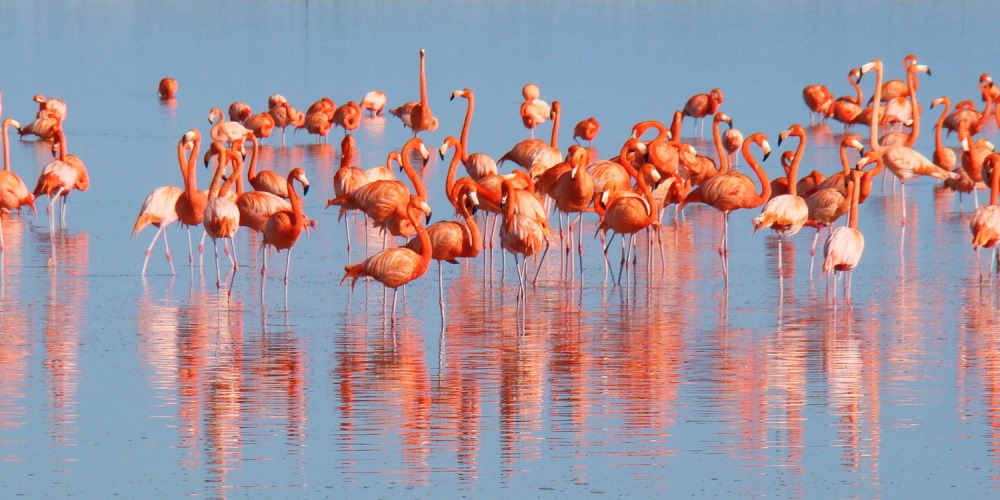
Saadani National Park
Washed by the Indian Ocean, Saadani provides a unique opportunity to combine safari with diving and reclining on glorious beaches. In savanna you will meet numerous giraffes, waterbucks and warthogs. Forests and shrubs provide dwelling to elephants, leopards, colobuses and antelopes. Beaches serve breeding grounds for green turtles. Here you can enjoy day and night game drives, walking safaris, boat safaris along the river and in the ocean.
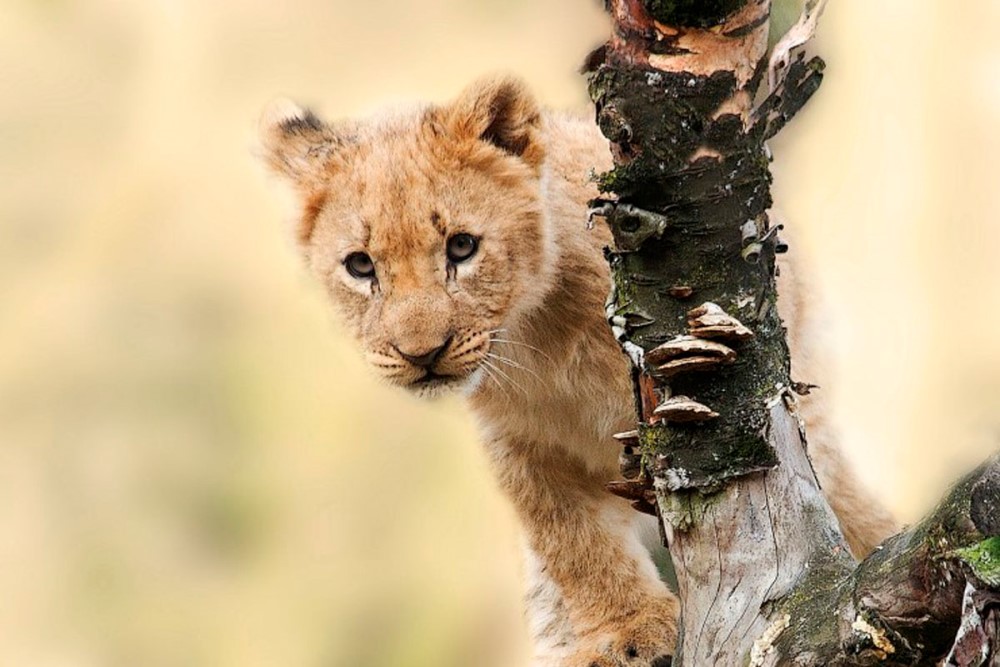
Mount Kilimanjaro National Park
The highest mountain and the highest volcano of the continent, the UNESCO World Heritage site and the natural miracle of Africa - it's all about Kilimanjaro. Climbing its dormant volcanic cones is a challenging task for every adventurous traveller. On your way to the summit you pass savannas, rainforests, scrublands and meet a vast array of animals: honey badgers, colobuses, baboons, elephants, black rhinos, buffaloes, antelopes of various kinds, giraffes, chameleons, leopards and many others. So even if don't dream of conquering vertiginous heights, the park is well worth a visit.
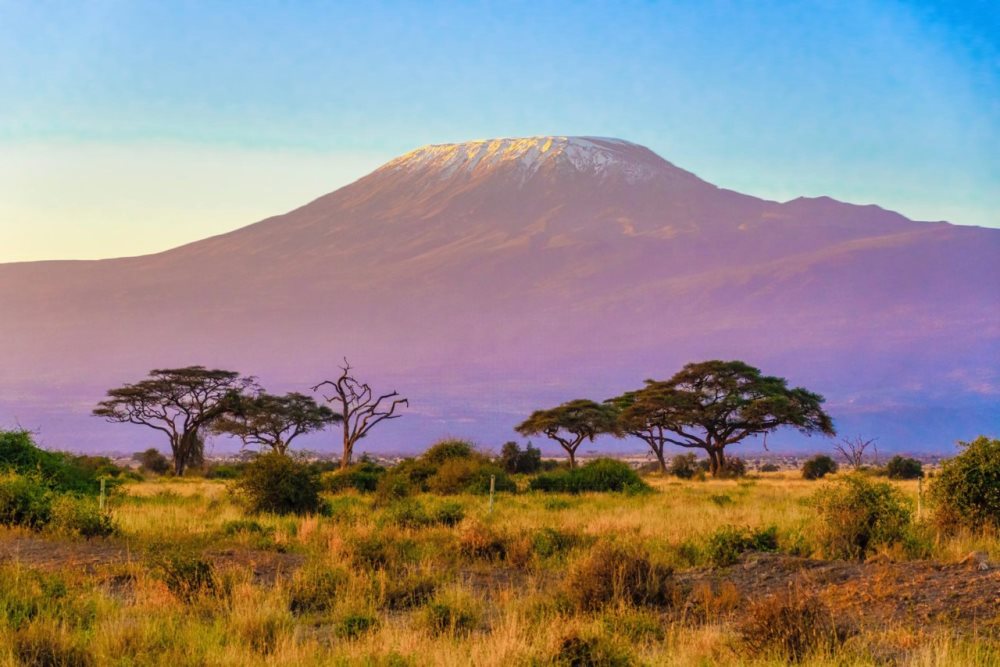
Rubondo Island National Park
The park on Lake Victoria and the largest island park in Africa, Rubondo is accessible by air and boat. Almost all its territory is covered with dense equatorial rainforest. The park is a refuge for rare sitatungas, bushbucks, colobus and vervet monkeys, chimpanzees, elephants and giraffes as well as 300 bird species. Take a boat or canoe for a tranquil cruising at sunset or participate in a chimpanzee trek.
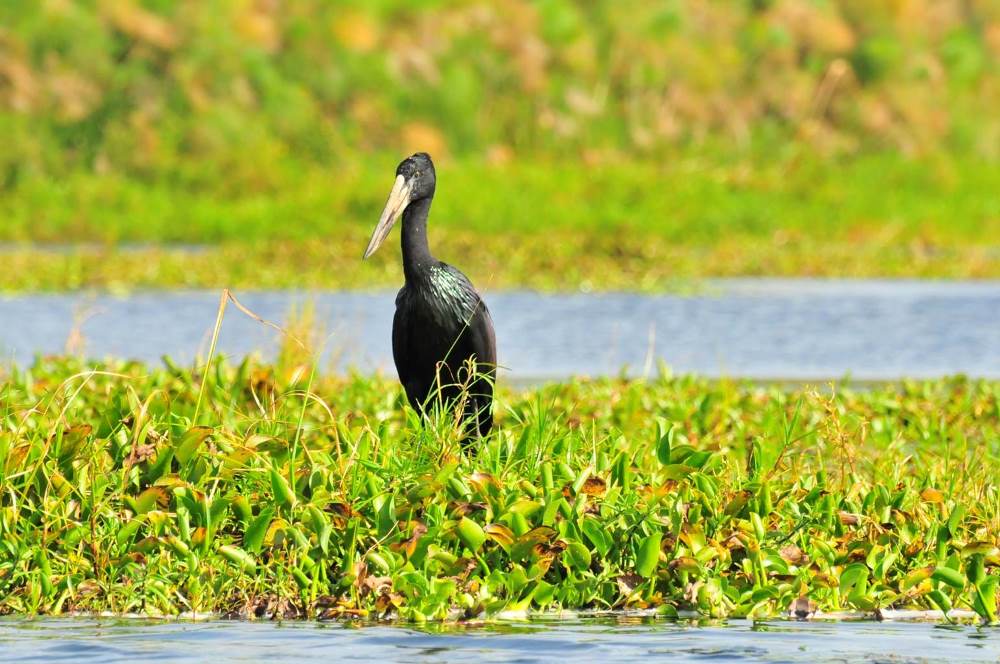
Saanane Island National Park
The park on the shores of Lake Victoria is located within Mwanza city. It is the only park in Tanzania where you can spot De Brazza's monkeys. At the same time, it is a great place for birdwatching and game viewing: from elephants and zebras to wildbeests and buffalos. Rock climbing provides incredible views over Lake Victoria. In addition, you can ride a boat, take a stroll and have a picnic.
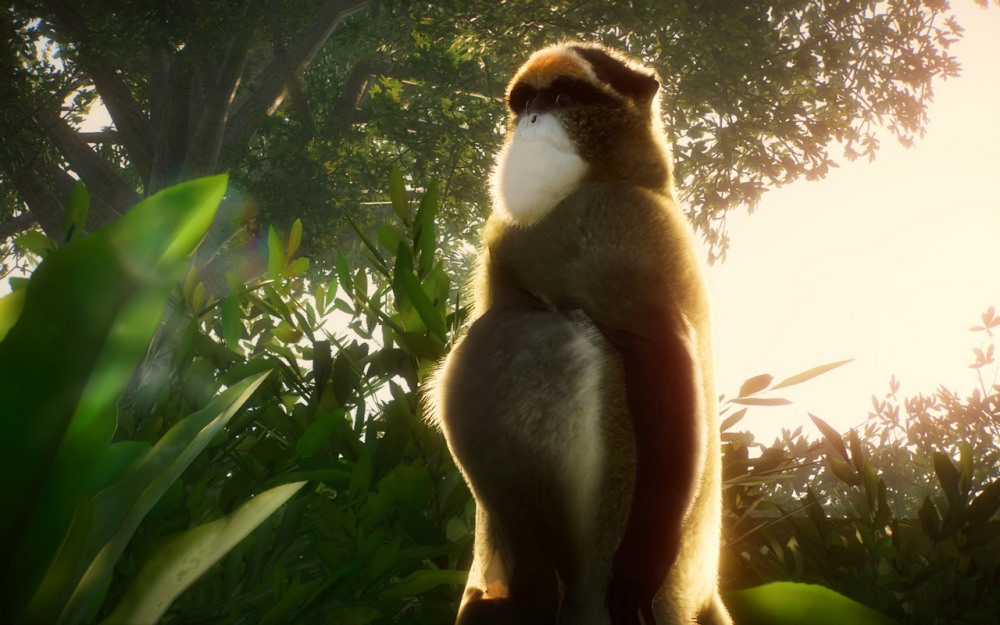
Gombe Stream National Park
The park in the westermost part of Tanzania, along the shores of Lake Tanganyika, is home to chimpanzees as well as other primates. It has one of the highest concentrations of monkeys in Africa. This is where Jane Goodall conducted her research and documentaries for BBC and National Geographic were filmed. The landscape of the park is a stunning mix of dense jungle, grasslands and woodlands. It's also a bird and butterfly watching paradise. And the key predators here are leopards.

Tanganyika is another sight in the park: you can dive, snorkel or take a boat and glide the surface of the biggest and the deepest African lake.
Mahale Mountains National Park
This one you should visit to see thousands of chimpanzees along with 50 some other animal species. There are also mountains, rainforests with waterfalls, grasslands, sandy beaches, so the activities are endless: from diving to climbing. Not to mention enigmatic sunsets over Lake Tanganyika.
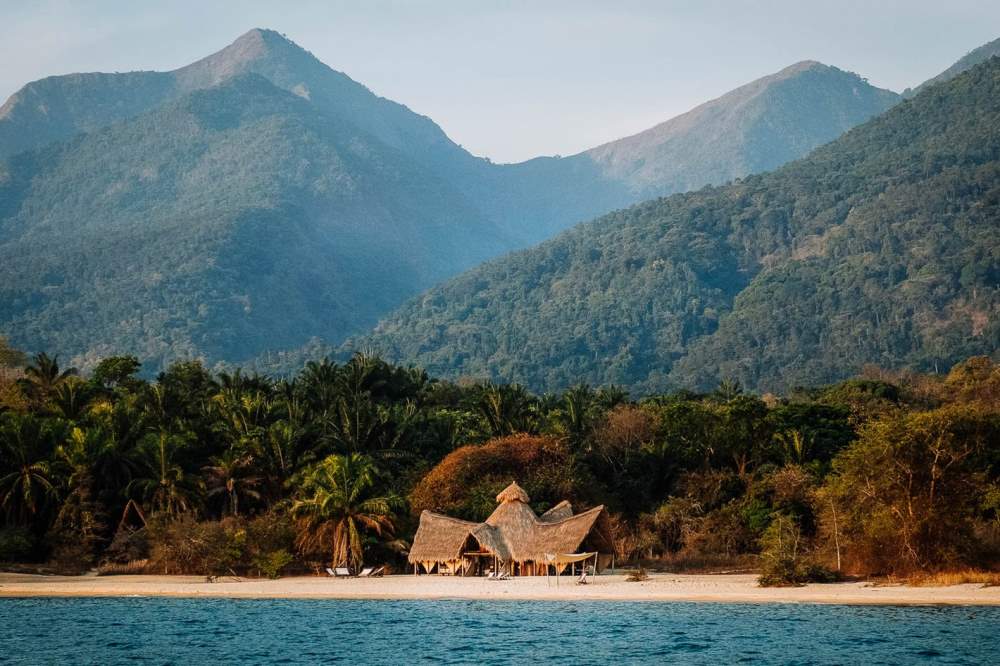
Mkomazi National Park
Mkomazi National Park along with Tsavo Park (Kenya) to the north constitute a single ecosystem for the migration of elephants, oryxes and zebras during the rainy season. Here you'll see endangered rare black rhinos at close range, join game drives as well as walking safaris and watch diverse wildlife with Kilimanjaro in the backdrop. As the park is not that popular, you will have chance to enjoy the wilderness away from the crowds.
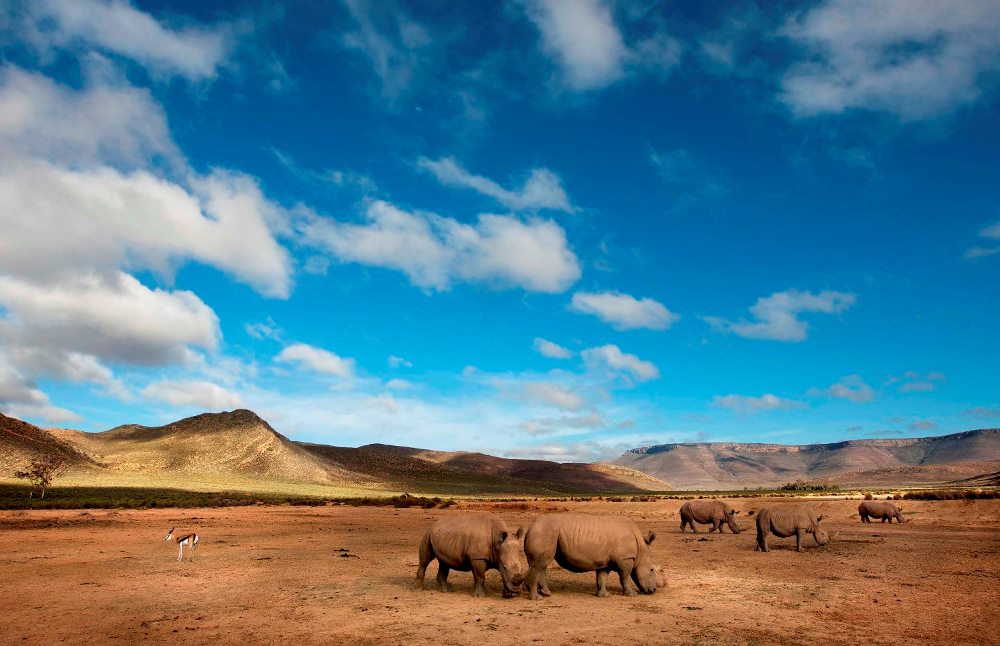
In Tanzania, the discoveries are waiting for you in every corner. Come explore them together!




